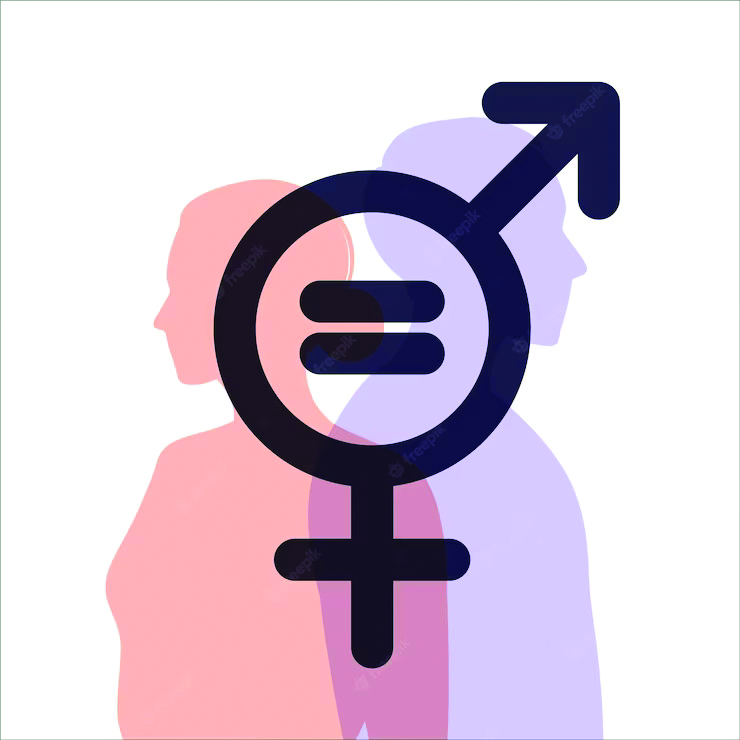Far-fetched reality: Gender pay parity
Women are 267.6 years away from gender parity in the area of economic participation & opportunity, according to the World Economic Forum

Picture this. Worldwide, women make only 77 cents for every dollar earned by men. At the current rate of progress, there will be no equal pay until 2069, reports UN Women.
Despite progress in the fight for gender equality, discrimination against women in the workplace is still a pervasive problem. This can take many forms, including bias in hiring, promotion and pay decisions. A woman might hold a high-paying job in management, yet you will notice the pay disparity. In countries like South Korea and Turkey, the gender pay gap is much larger, with women earning around 30per cent less than men. But then, there’s also Iceland, which has closed 89.2 percent of its gender wage gap as of 2021, making it one of the best countries for gender equality.
“Timor-Leste, Rwanda and Barbados are some of the countries making progress on gender pay equality, but global gender pay parity remains a far-fetched reality. Women are 267.6 years away from gender parity in the area of economic participation and opportunity, according to the World Economic Forum. Despite progress, much more needs to be done to close the gender gap. The World Bank notes that equal pay for work of equal value is only mandated in a few countries worldwide (90 economies). In 88 economies, laws restrict the jobs and work hours that women can work, affecting 1.6 billion women globally,” said Dr Kulneet Suri, senior director, Institute of Management Studies (IMS Noida) and alumni of Harvard University.
The International Labour Organisation (ILO) states that women are more likely to take career breaks from their employment compared to men to raise children or care for the elderly or ill members of the family. This means that when they return to work, they are likely to have fallen behind in advancement and remuneration.
“Gender stereotypes drive women away from occupations that have traditionally been dominated by men and push them towards care-focused work. Traditional gender roles are also responsible for creating and sustaining pay inequalities,” said Dr Latika Chaudhary, campus dean, The Design Village, Noida.
Dr Neelima Kamrah, principal, KIIT World School, Gurugram points out that India continues to rank 135 among a total of 146 countries in the Global Gender Gap Index 2022. “We need to take steps to reduce gender pay parity if we want to improve our economic condition. This talks about our double standards,” she added.



